RTMP vs. RTSP: Streaming Protocols Explained
With major brands and organizations jumping on the live video bandwagon, people are increasingly realizing the importance of leveraging it for commercial purposes.
Consider this: 80% of people would rather watch a live stream than read a blog post and live video receives double the engagement compared to standard video.
This trend has lead to debates on streaming protocols. Today, we’ll try to resolve one such debate and end all confusion around RTMP vs. RTSP live streaming.
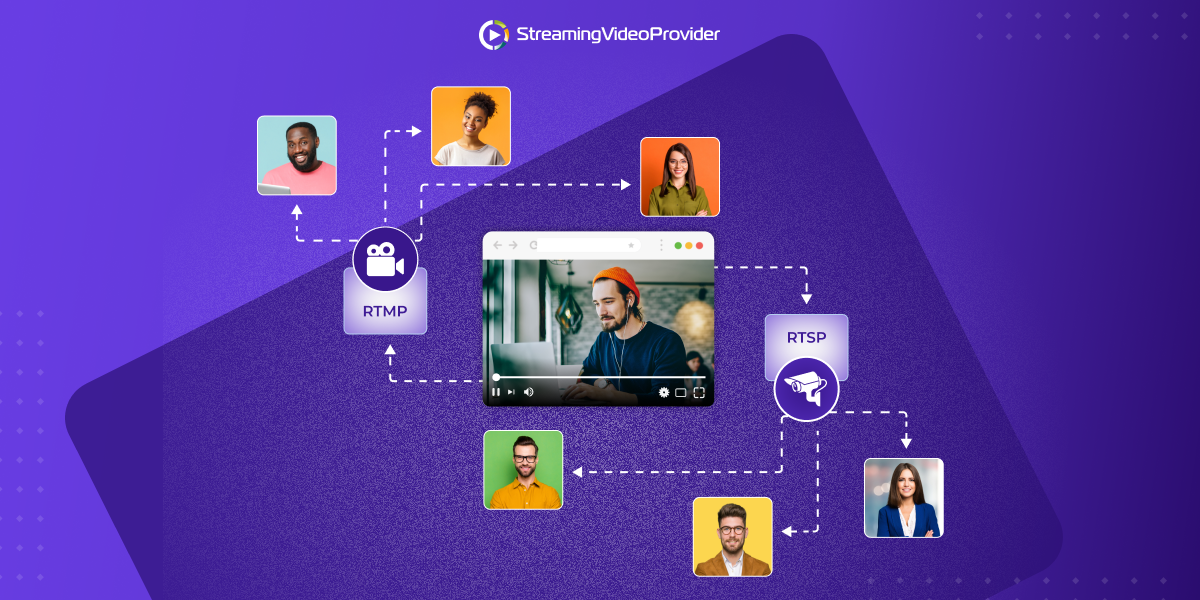
Let’s get right into it.
What Is RTMP?
The Real Time Messaging Protocol (RTMP) is a standardized method of delivering multimedia (audio and video) over the internet.
It was developed by Macromedia (which is now owned by Adobe) to stream data between a Flash player and a server. RTMP enables high-quality data transmission over the internet for primarily Flash-based technologies, such as Flash Player and Flash Adobe AIR.
As a TCP-based protocol, RTMP aims to provide smooth transmission for live streams by splitting the streams into fragments.
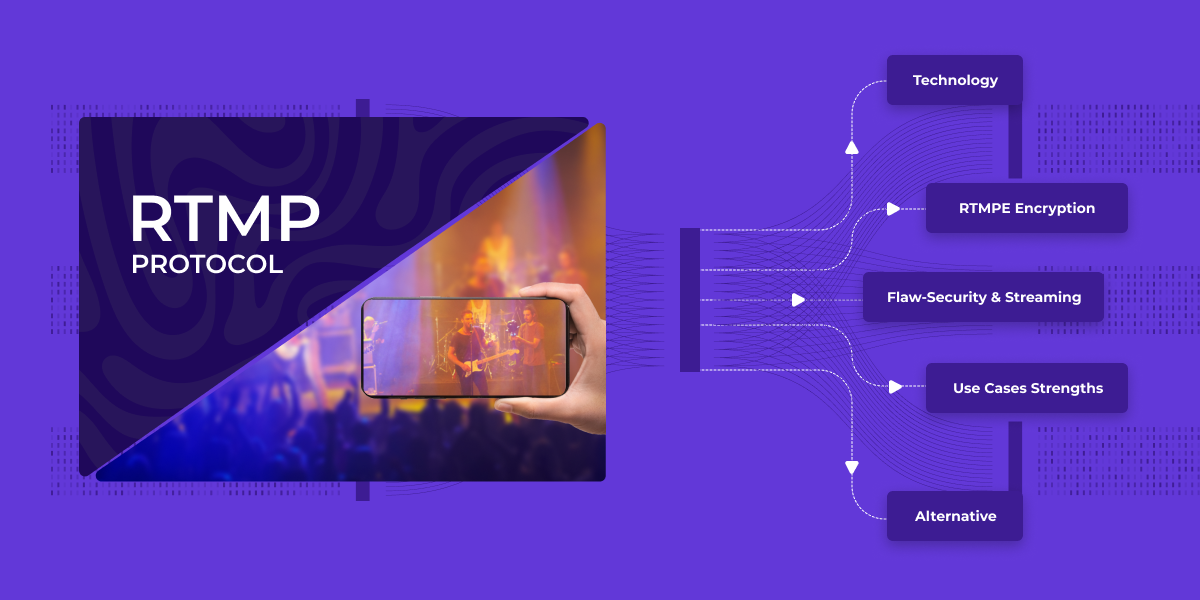
A live streaming camera or camcorder produces an RTMP stream that is encoded and sent to an RTMP server (e.g. a video platform). The RTMP server then makes the stream available for watching online.
RTMP is a very popular streaming protocol, utilized by leading streaming software such as OBS and by popular streaming platforms such as Facebook, YouTube and Periscope.
What Is RTSP?
Real Time Streaming Protocol (RTSP) is yet another streaming protocol that was developed by experts from RealNetworks, Netscape and Columbia University around 1996. It was designed to control streaming servers that are used in entertainment and communications systems.
RTSP works with a ‘client-media server’ setup where both sides can issue VHS-style commands to the RTSP server. The commands include ‘play’, ‘record’ and ‘pause’ which makes RTSP suitable for streaming live media data.
This can work both ways: RTSP can control server to client (video on demand) streams as well as the client to server (voice recording) streams.
RTSP is commonly used for Internet Protocol (IP) camera streaming because, typically, a CCTV or an IP camera will produce an RTSP stream.
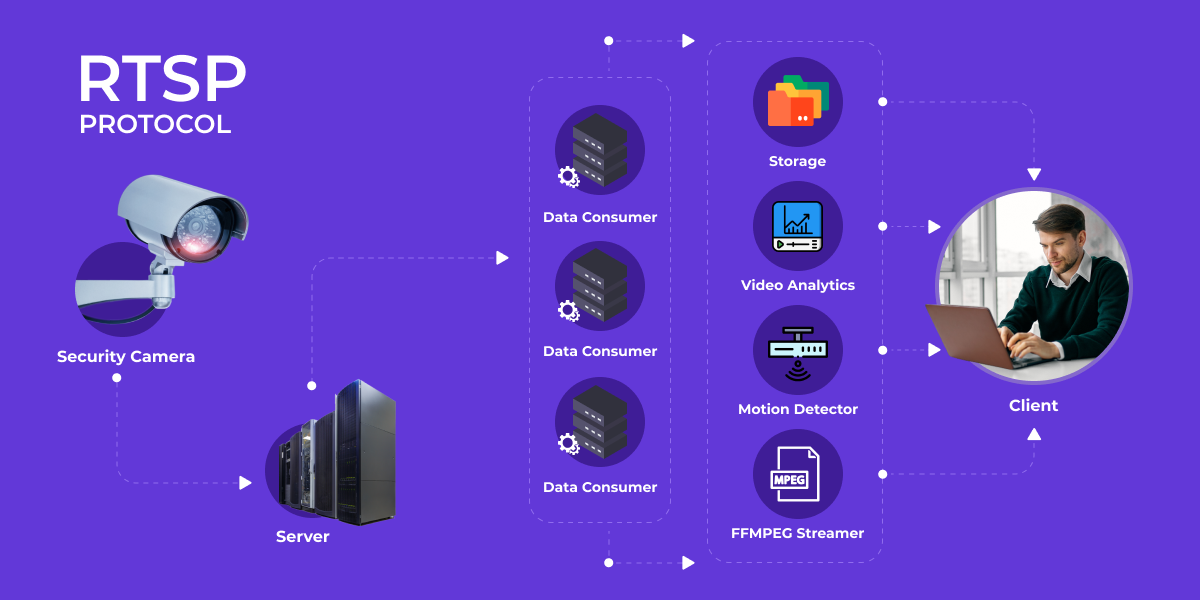
The live feed from the RTSP camera is sent to an RTSP server which typically transcodes it and forwards it to specific computers connected in a network.
RTMP vs. RTSP: How It Works
How RTMP Works For Live Streaming
Before deciding which streaming protocol is best suited for you, you need to understand how streaming video and audio works. While both the RTSP protocol and the RTMP protocol enable multimedia live streaming, there’s a difference in how they actually do it.
Let’s start with RTMP. Based on the Transmission Control Protocol (TCP), RTMP is designed for live streaming through the Flash player.
Famous for its versatility, the RTMP protocol can deliver audio, video and text data (it can attach a text track with the media stream) across various formats and devices.
The core advantage of an RTMP stream is that all files are sent as an ‘swf’ file which can be played in a Flash player.
All browsers and most mobile devices are Flash-compatible, which means you can easily stream live using RTMP.
Streaming with RTMP also depends on your hardware. If you want to use this protocol, you will need a live streaming camera, a capture card or a hardware video encoder and live video streaming software.
Now let’s compare this to RTSP.
How RTSP Works For Live Streaming
To achieve consistent transmission, RTSP uses two other network communication protocols—TCP to issue and receive control commands (e.g. a ‘Play’ request) and UDP (User Datagram Protocol) to deliver audio, video and data.
This setup allows the client-side application to start consuming an RTSP stream while the stream is being downloaded.
RTSP can be used for both live and on-demand videos. The user can watch a ‘live’ video feed that is identical to how one would watch the TV. At the same time, he or she can watch an ‘on-demand’ video without waiting for the entire file to download.
Finally, we come to the hardware. If you want to stream using RTSP, you will need to use a security (IP) camera + RTSP streaming software.
RTMP vs. RTSP: What Is The Difference?
RTMP
| Pros | Cons |
| Low Latency | Not Supported By HTML5 |
| Flexibility | Vulnerable To Bandwidth Issues |
| Adaptable | HTTP Incompatibility |
RTSP
| Pros | Cons |
| Segmented Streaming | HTTP Incompatibility |
| Customization | Less Popular |
So we have analyzed what these video streaming protocols were created for and how they work. Let’s now dive deeper into RTMP vs. RTSP streaming.
RTMP’s Advantages
So what are the benefits of using RTMP streams? Here’s a list:
- Low Latency
In live video terms, low latency basically translates to a stable connection that doesn’t disconnect, even if your internet connection is a bit shaky. This metric is crucial to video quality when live streaming.
RTMP can achieve low latency because it uses the exclusive 1935 port, which eliminates the need for buffering. Also, as RTMP is primarily based on TCP, it can provide a stable connection.This means significantly fewer delays or ‘lags’ for your viewers. If the viewer gets disconnected while viewing an RTMP stream, they can resume streaming as soon as their internet is connected.
- Adaptable
All RTMP servers enable you to record your live media stream while also allowing viewers to skip parts of the broadcast and join the live stream after it has started.
For conference live streaming or other lengthy live event streams, this feature can come in handy as it enables users to switch to any part of the stream easily.
- Flexibility
Like we mentioned before, RTMP’s ability to integrate text, video and audio is one of the key factors behind its popularity.
Besides integrating different types of media, it also allows multiple variations of said media channels. For instance, RTMP supports both MP3 and AAC audio streams.
The same can be said for video content – RTMP allows MP4, FLV and F4V videos.
The RTMP protocol can be used to stream in various audio and video formats.
RTMP’s Disadvantages
There are some disadvantages to using RTMP streams. Let’s take a look at them:
- Not Supported By HTML5
While being supported by Flash players, RTMP streams are not supported by HTML5 players which are the de-facto standard. So, another streaming protocol is needed to “convert” the RTMP stream to HTML. Typically, the HLS is used for that.
- Vulnerable To Bandwidth Issues
RTMP streams are often riddled with low bandwidth issues. This can cause unnecessary–and frustrating–interruptions in your media streaming that can impact the overall viewing experience.
- HTTP Incompatibility
Another issue users face is the inability to stream RTMP over HTTP. To publish an RTMP stream on your website, you will need to implement a special server, such as the Flash Media Server and use a third-party Content Delivery Network or use a streaming video platform.

Advantages Of RTSP
So, how does RTSP fare in this RTMP vs. RTSP contest? Let’s find out:
- Segmented Streaming
The biggest advantage RTSP has over other video streaming protocols is its ability to provide segmented streaming. Viewers don’t need to download the entire video to begin watching–they can start viewing without completing the download.
- Customization
RTSP allows users to leverage its TCP + UCD multi-protocol approach to create other applications as well. From instant messengers to video conferencing software, RTSP allows a lot of flexibility for developers.

Disadvantages Of RTSP
Nothing is perfect and neither are RSTP streams. Here are some of the disadvantages of using RTSP streams:
- Less Popularity
One area where RTSP streaming may lag behind is its popularity over other media streaming protocols. Most modern video players and streaming services do not support RTSP, which, again, places a barrier on your ability to broadcast your stream in your browser. However, it is possible with an RTSP streaming service.
- HTTP Incompatibility
Just like RTMP, you can’t stream RTSP over HTTP directly. This means that there is no straightforward way to stream RTSP in a web browser because this format is usually used within private networks—it’s not designed for use on the web. This means that you need additional software to take the live stream from the RTSP media server, embed it on web page and make it possible for viewers to play it. Again, this kind of functionality is provided by a live video platform.

How To Stream Video With RTMP Or RTSP?
Whether it is the low-latency RTMP or the highly-customizable RTSP, there is one similarity between the two video streaming protocols—they require special multimedia streaming servers.
Another issue you might run into is that popular live streaming platforms such as Facebook and YouTube don’t support RTSP. They only support RTMP streams.
One option to enable RTMP or RTSP streaming is to build your own solution. If you have plenty of time and resources, this might be a viable solution.
Otherwise, you can get the best of both worlds and stream with both RTMP and RTSP by simply signing up for a professional streaming video service such as StreamingVideoProvider. By the way, you can try StreamingVideoProvider for free here.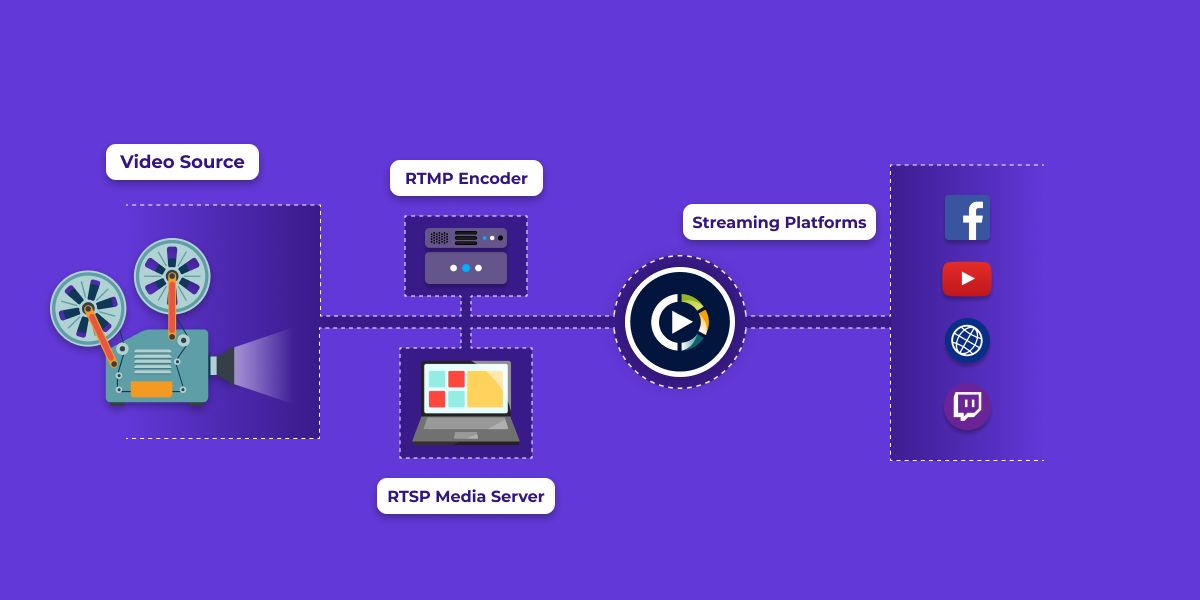
Leading live streaming video service providers not only support RTMP and RTSP streams, but they also allow you to benefit from a responsive HTML5 video player and Adaptive Bitrate Streaming. As a result, your viewers can watch on any device and enjoy your broadcast without buffering.
In A Nutshell
The RTMP vs. RTSP debate has been around for a while and has recently surfaced again – thanks in part to the drastic increase in the number of live video enthusiasts.
While both multimedia streaming protocols have specific pros and cons, you don’t have to choose between one of these streaming video protocols.
By opting for a high-quality video streaming provider, such as Streaming Video Provider, you can not only stream with both RTMP and RTSP, but also take advantage of advanced live streaming technologies such as adaptive streaming. Besides, with StreamingVideoProvider, you can monetize, protect and publish your streams on the same platform.
References & Further Reading
- Types Of Streaming Video Players
- Adobe RTMP explained
- Understanding RTSP
- RTMP Vs. HLS
- How To Monetize Live Streaming Videos

You Can Start Streaming With Any Camera In Just 2 Minutes
Go Live Now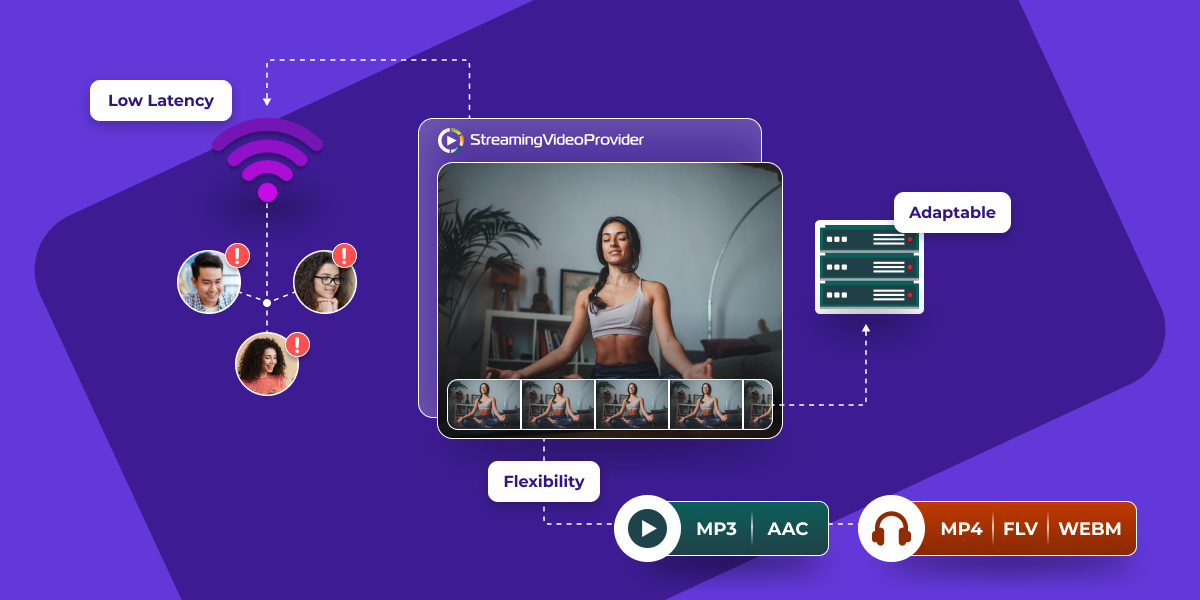
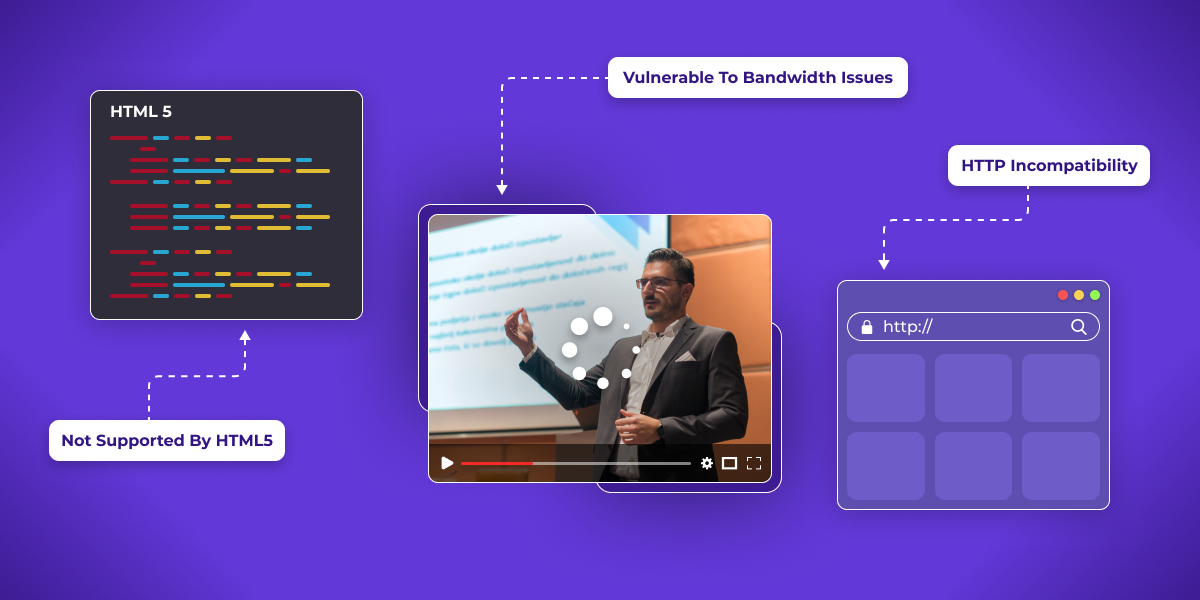

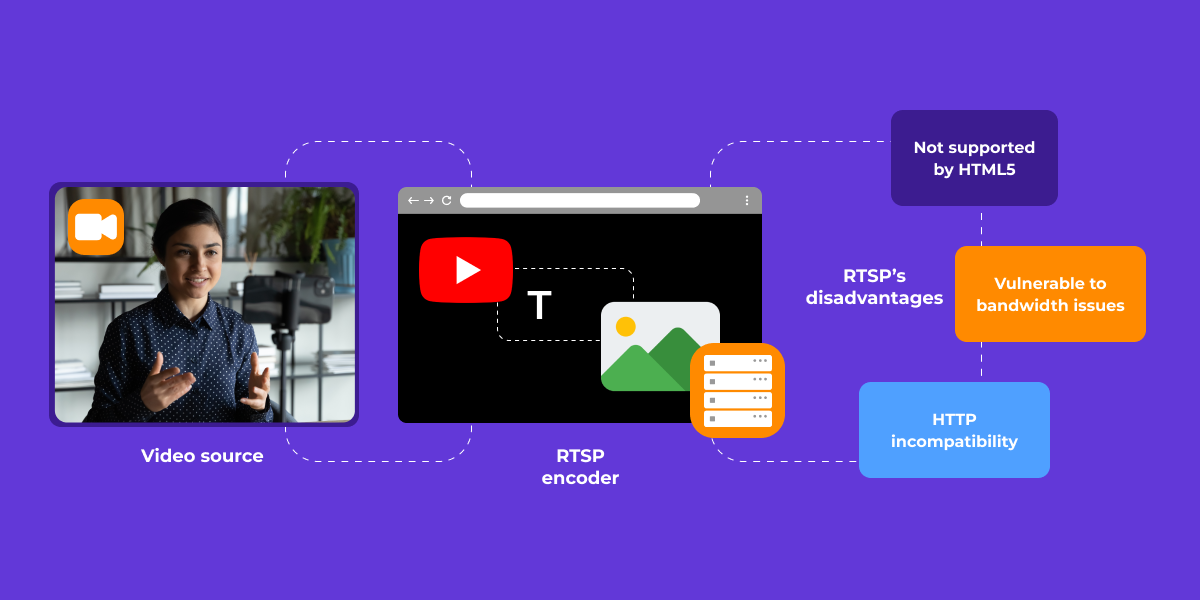
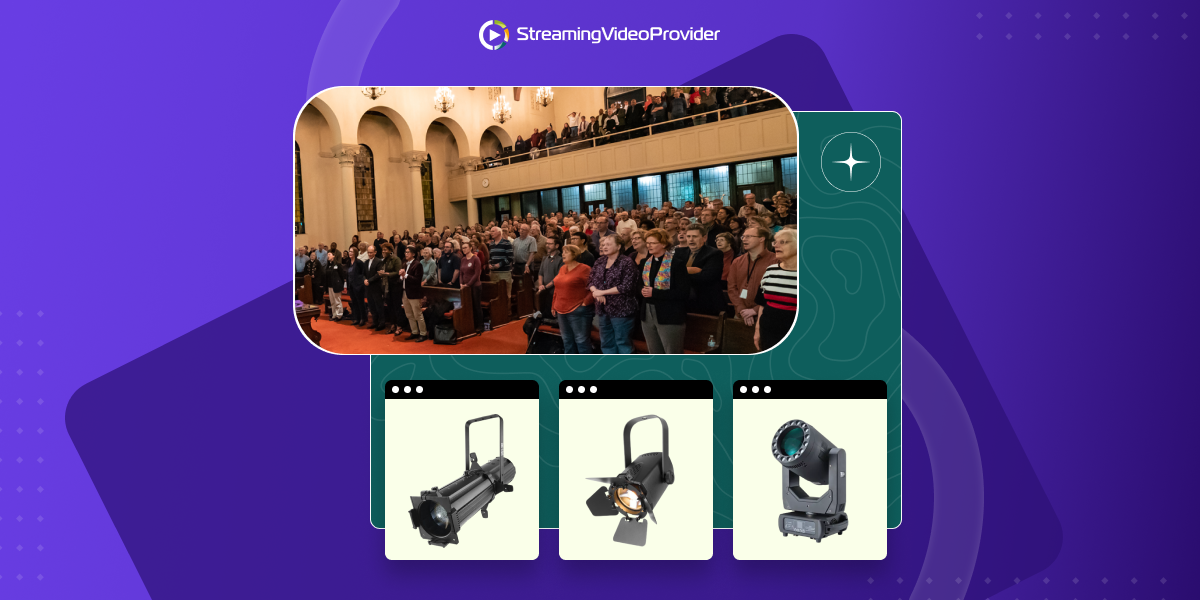
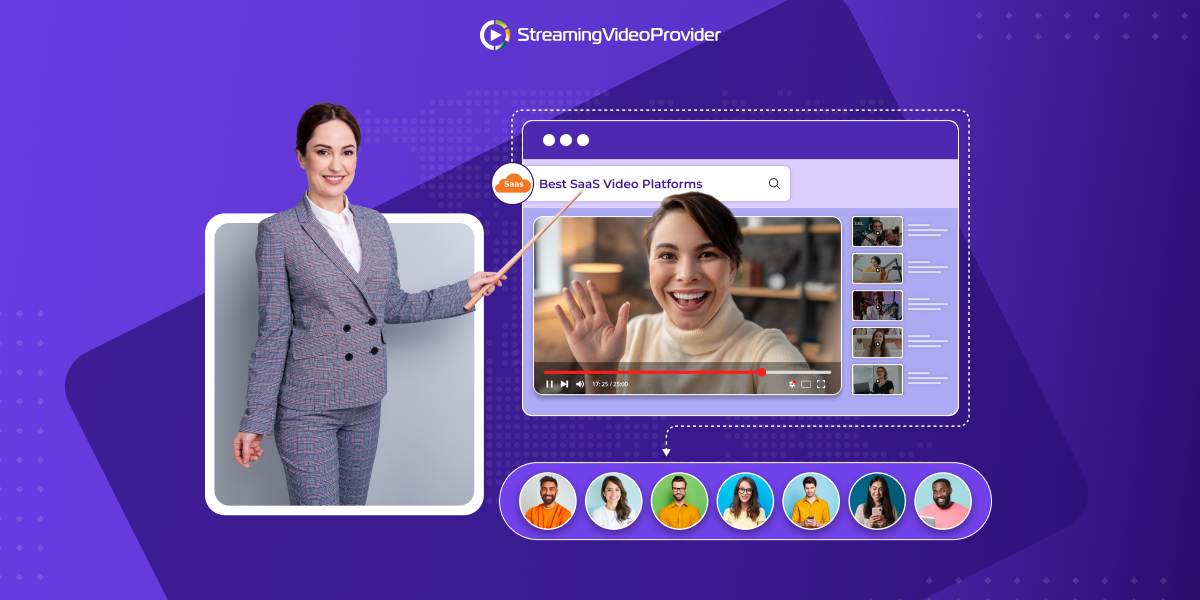
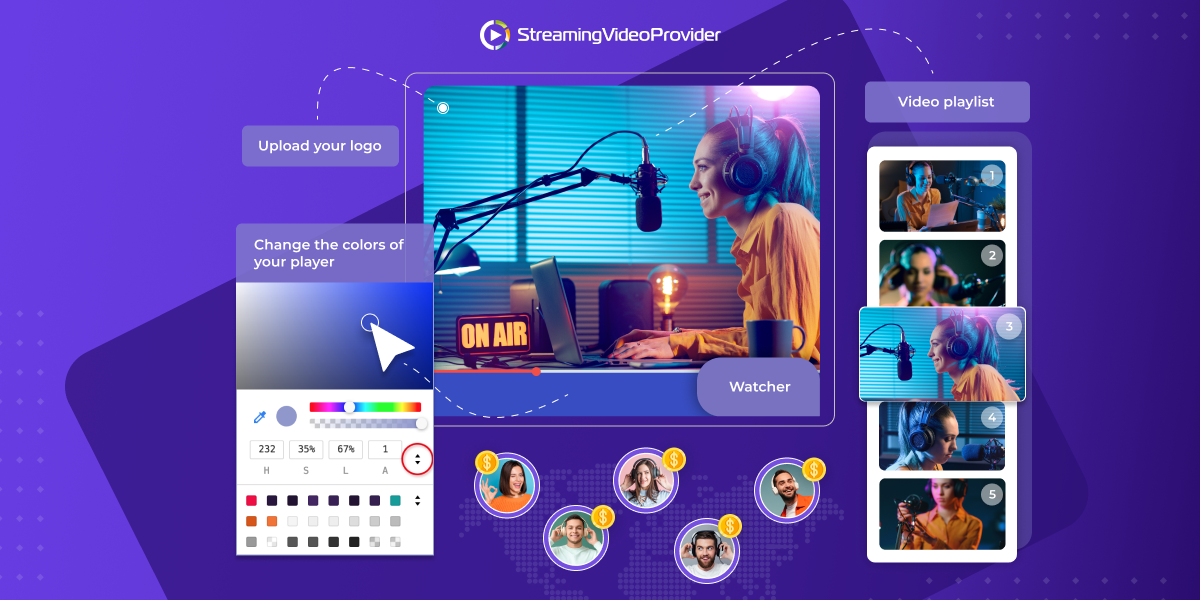




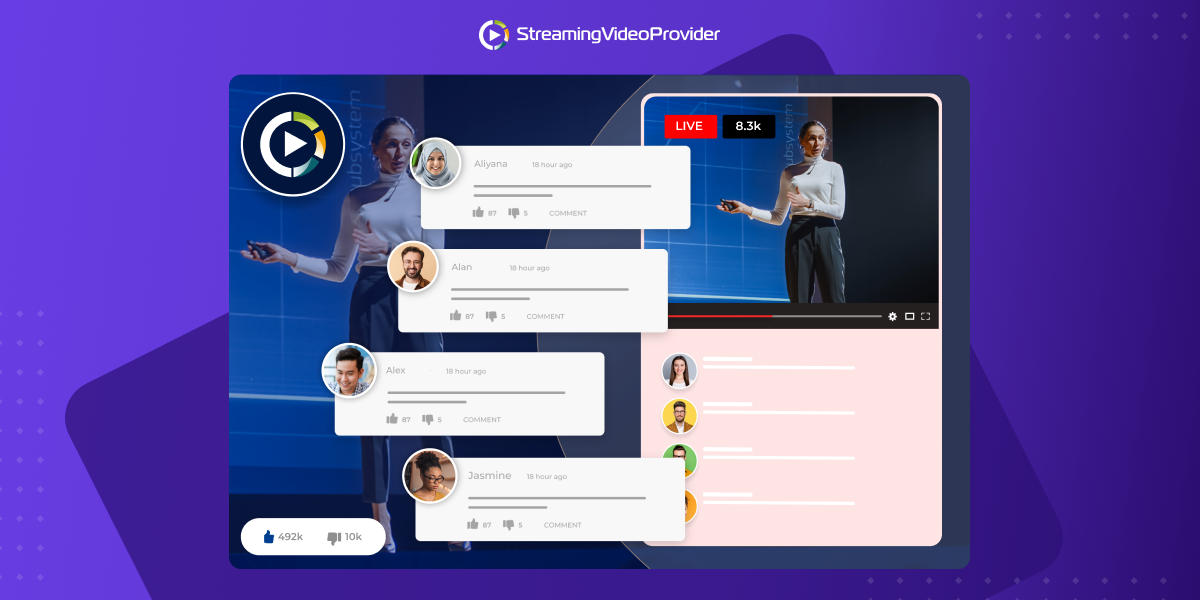
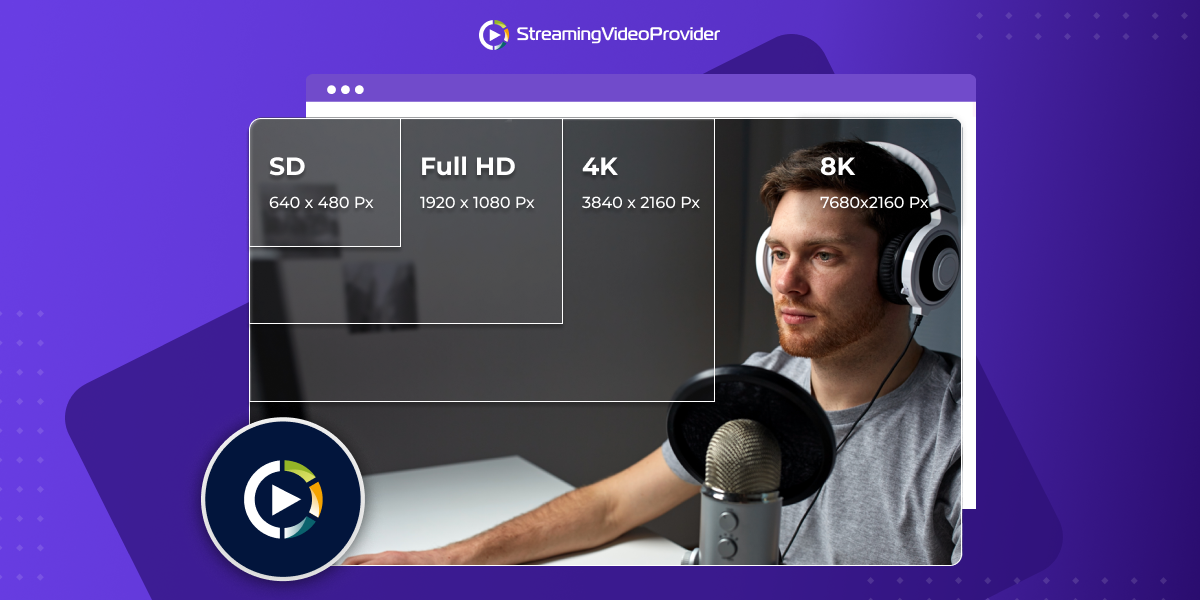



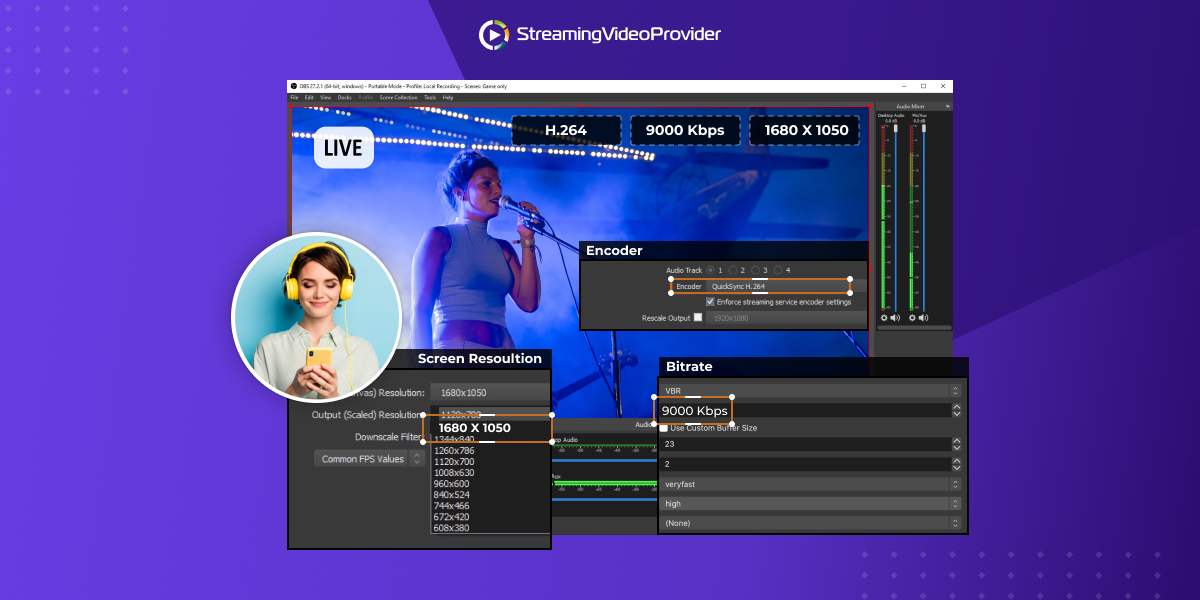
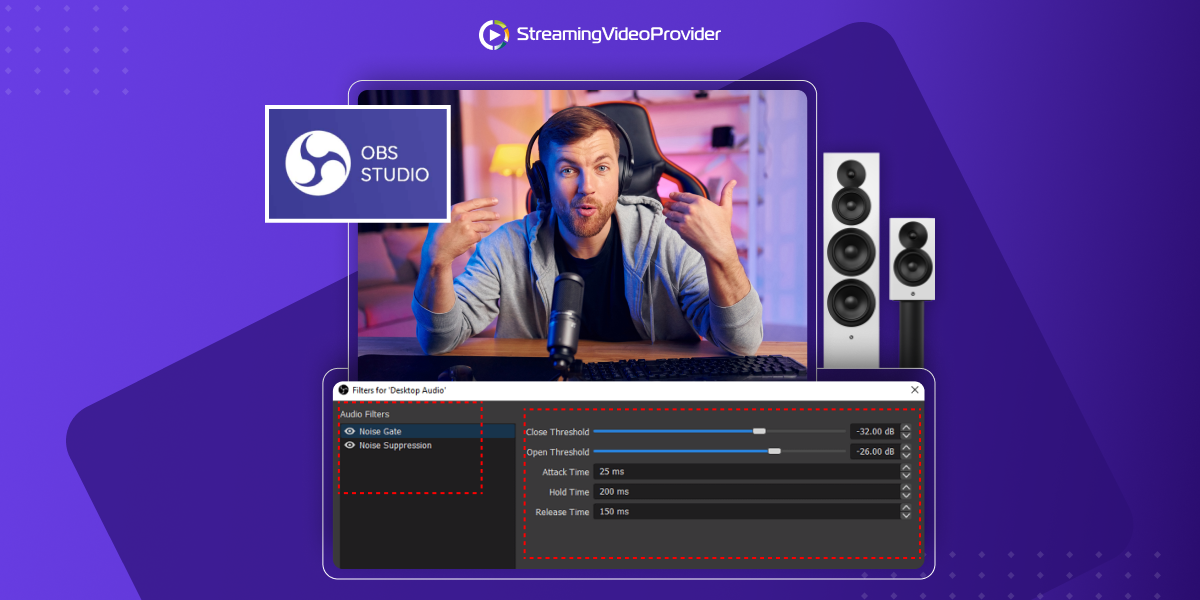




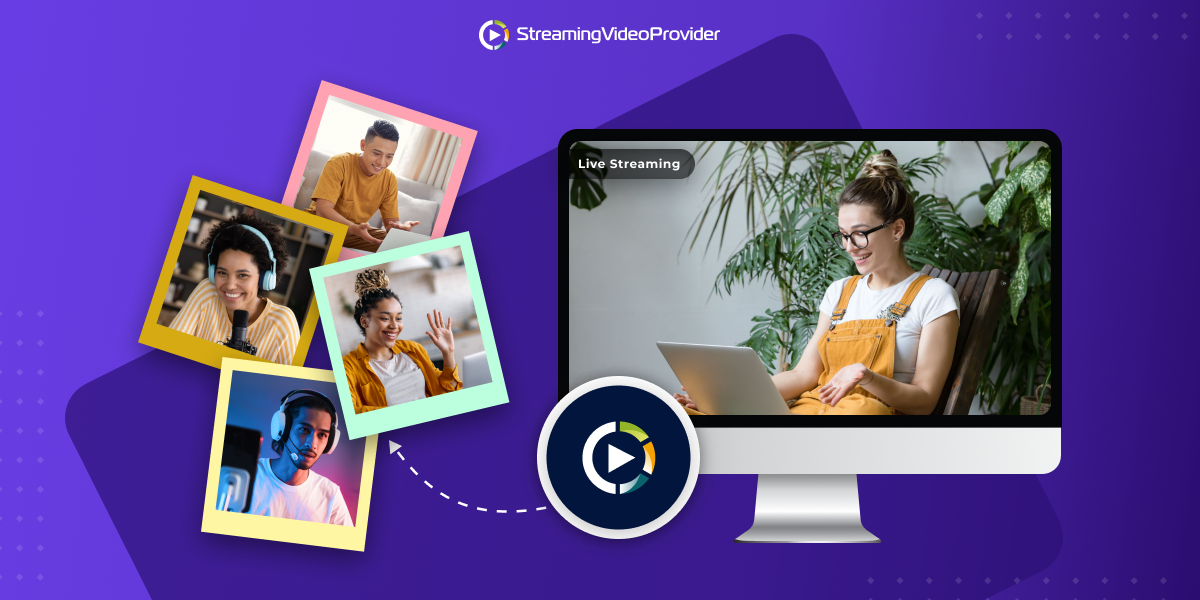
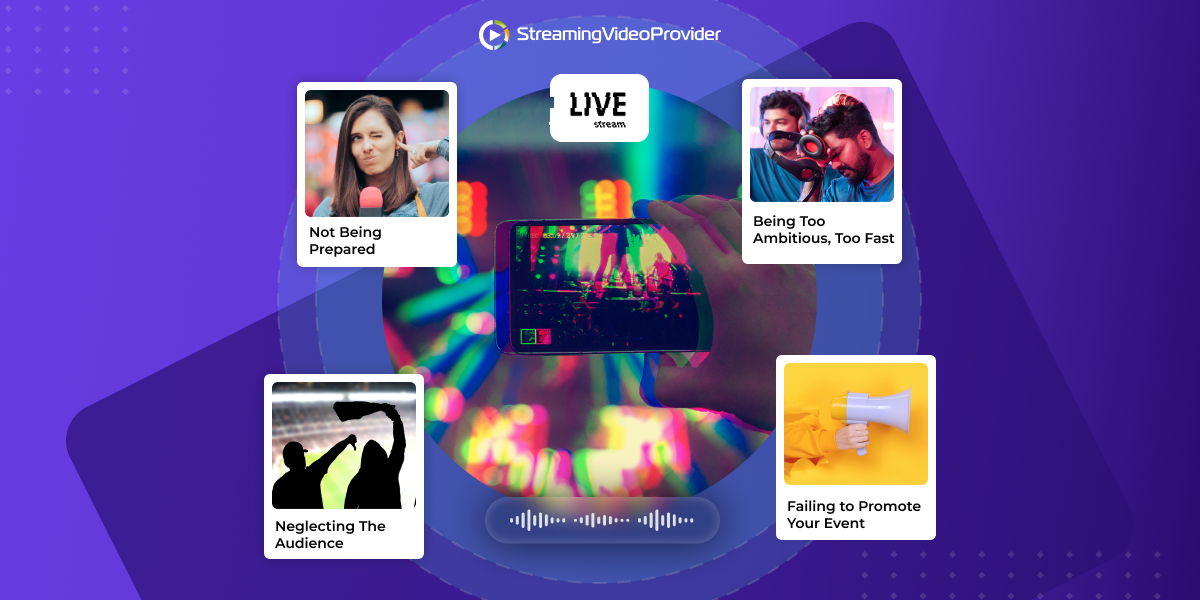


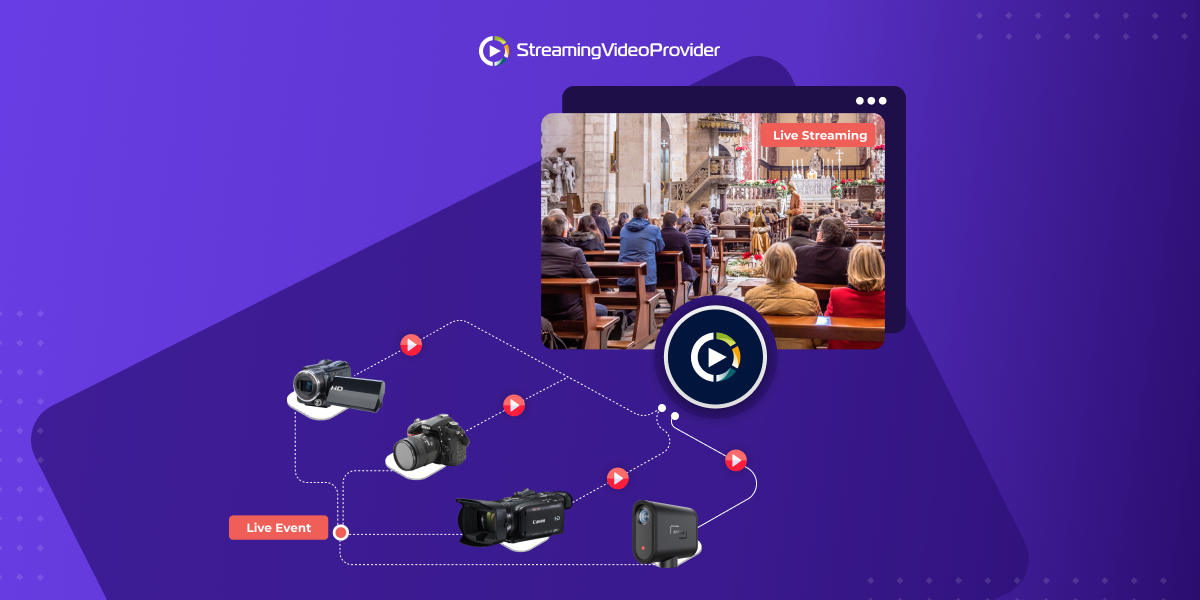
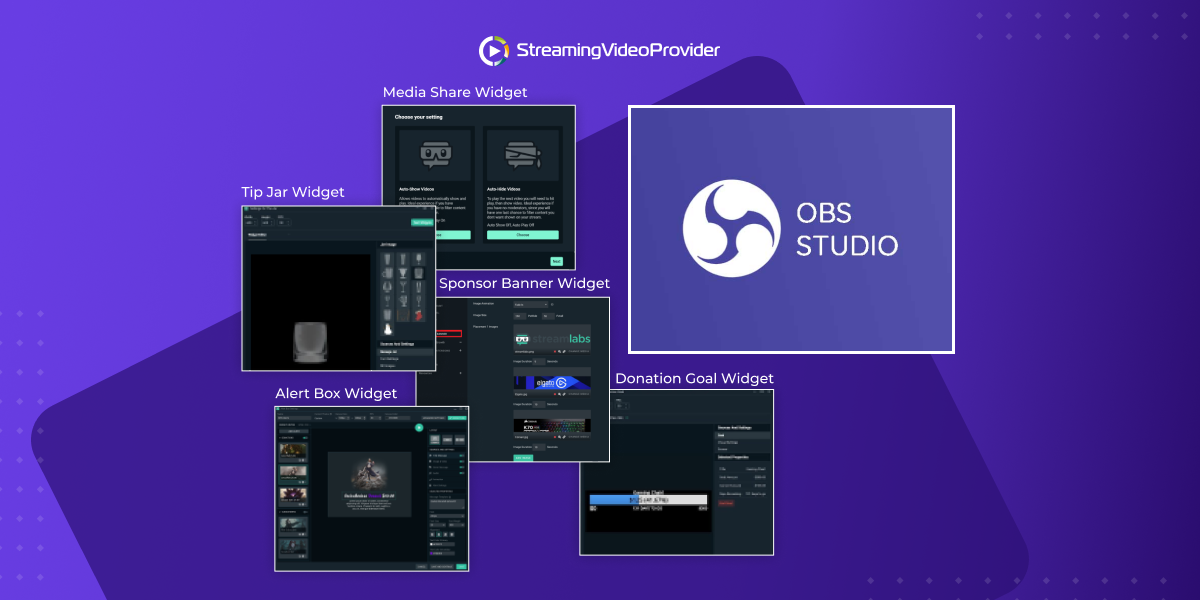

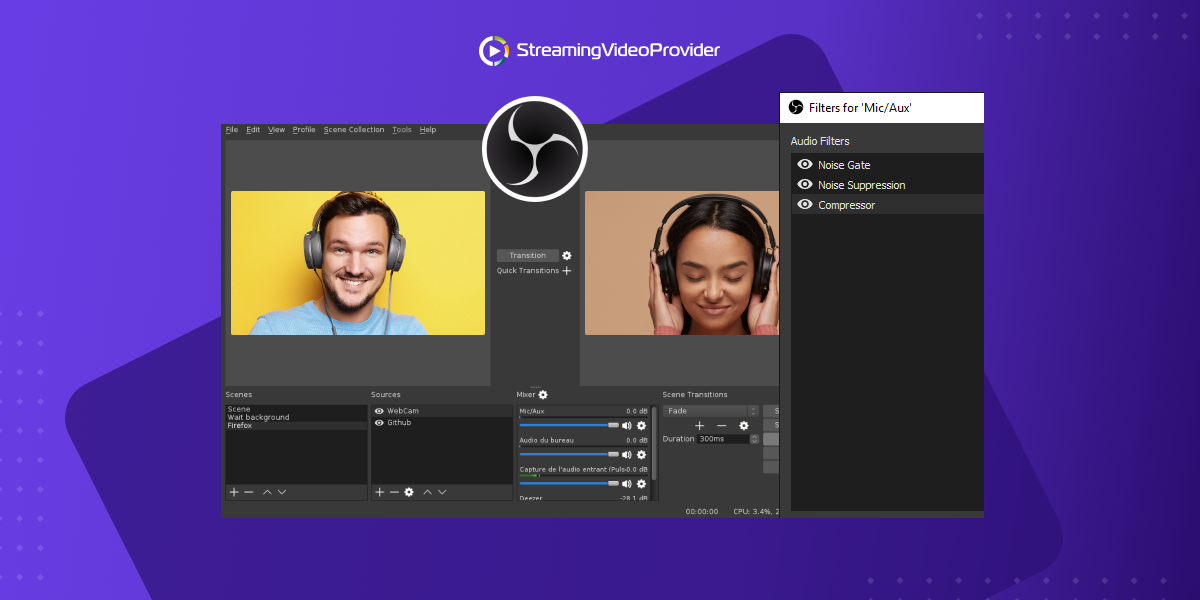
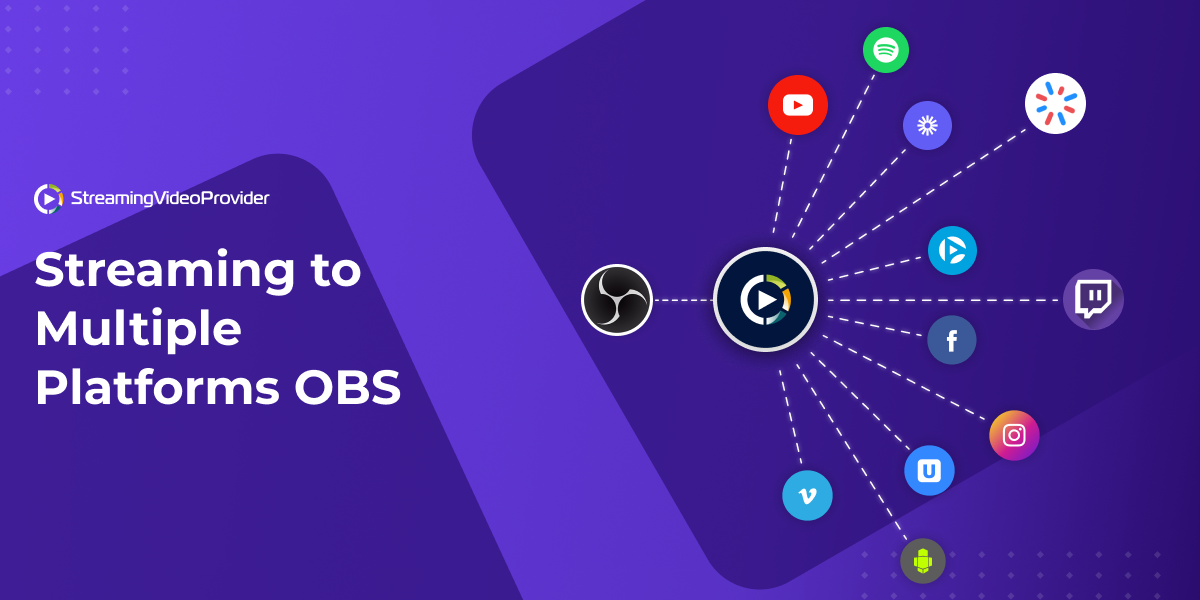

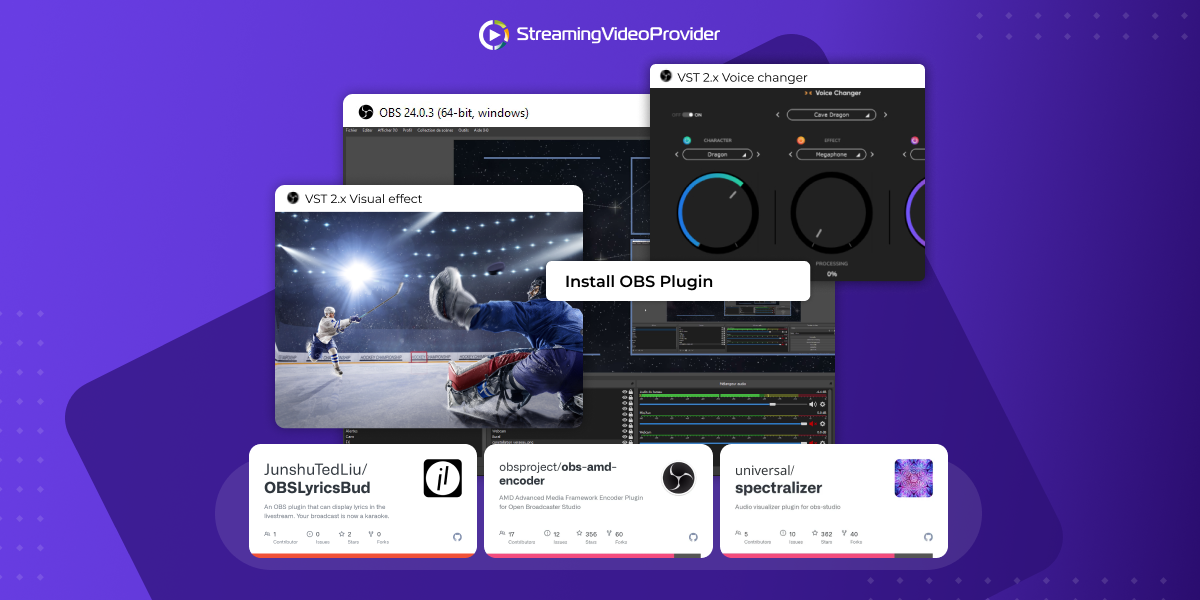
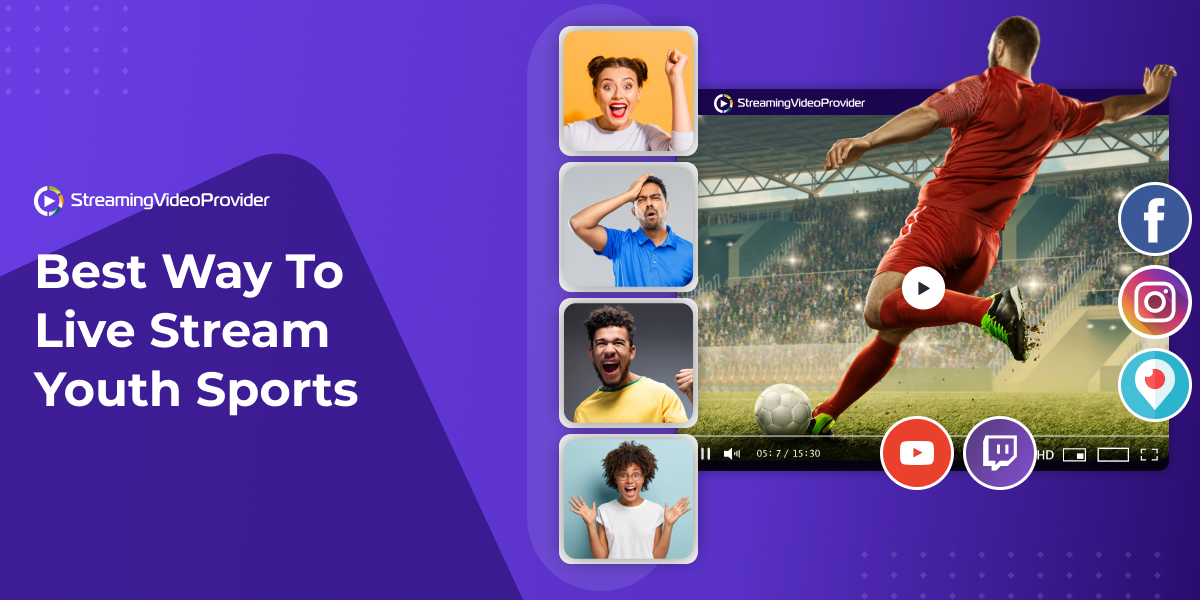




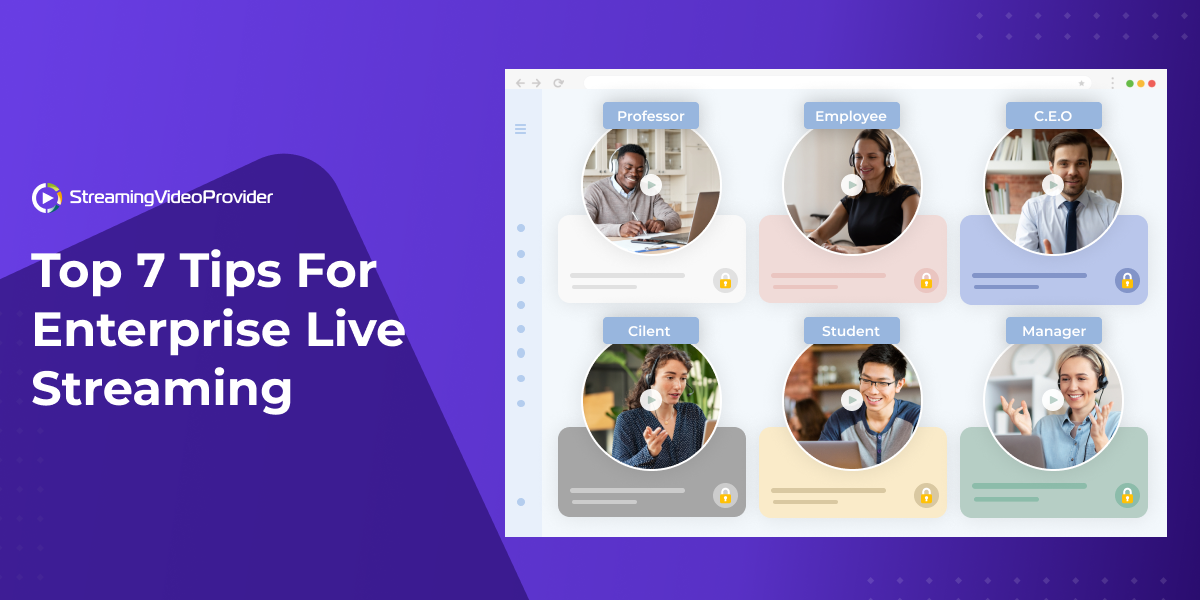


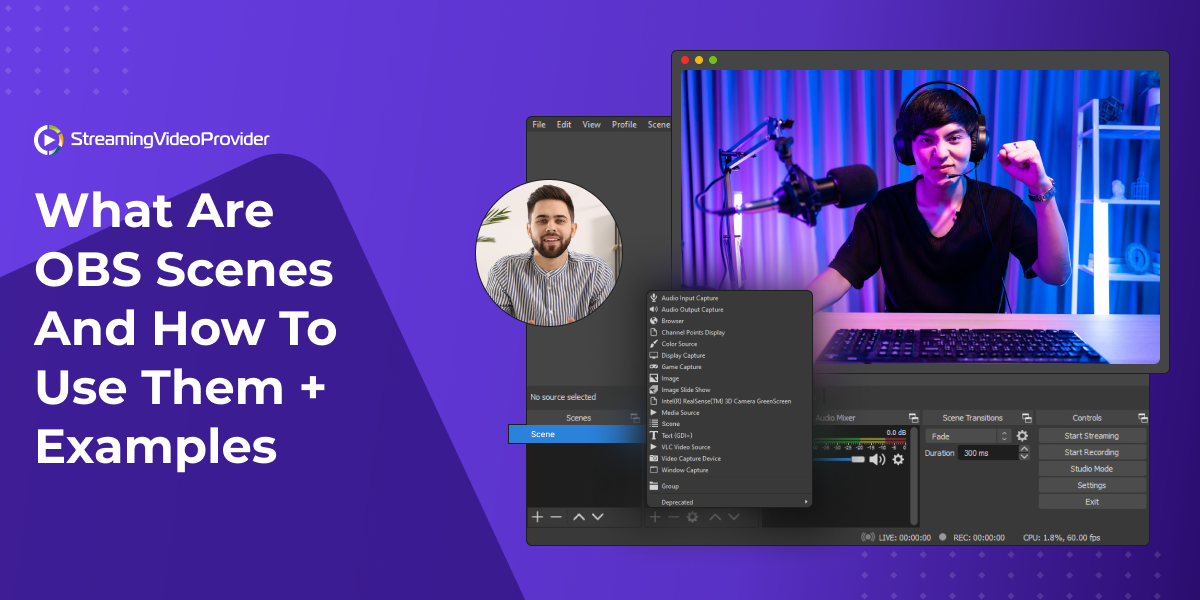


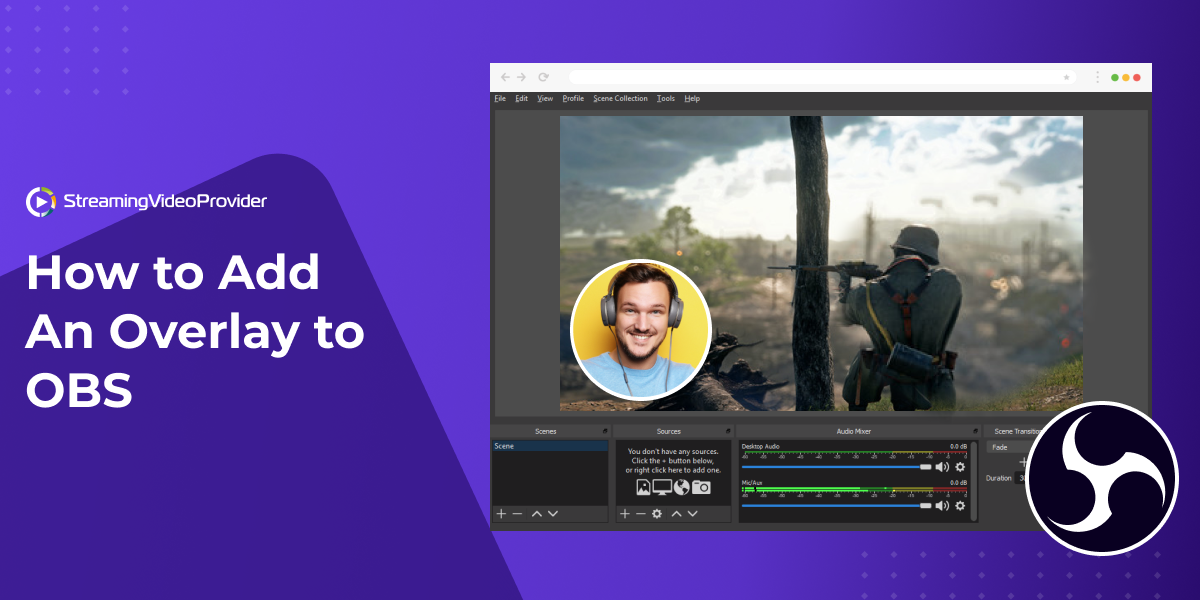


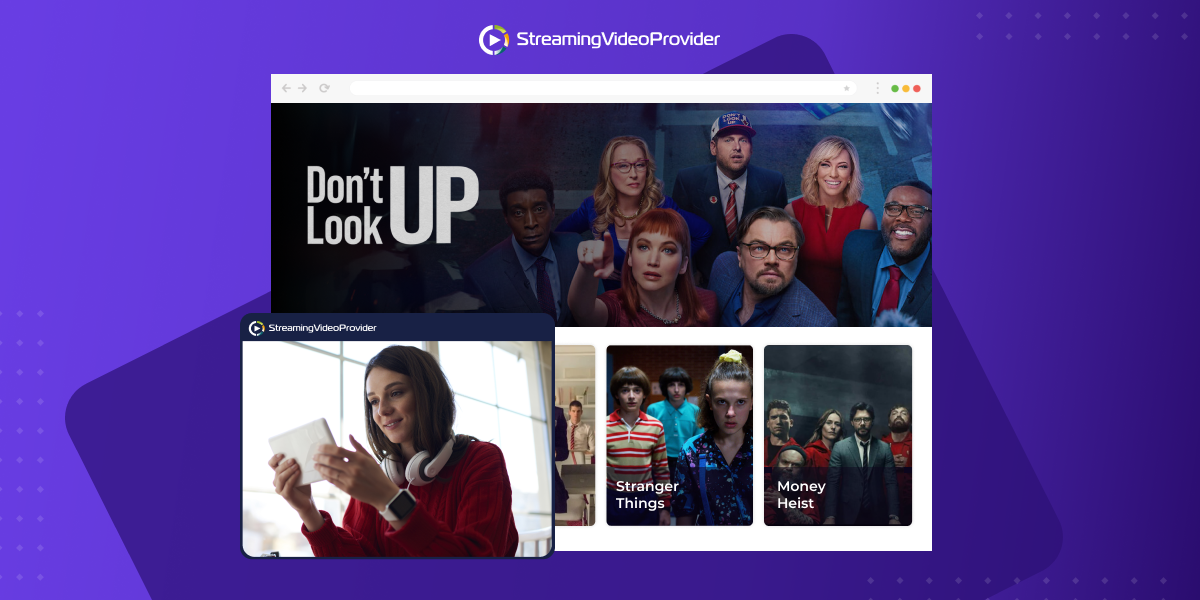
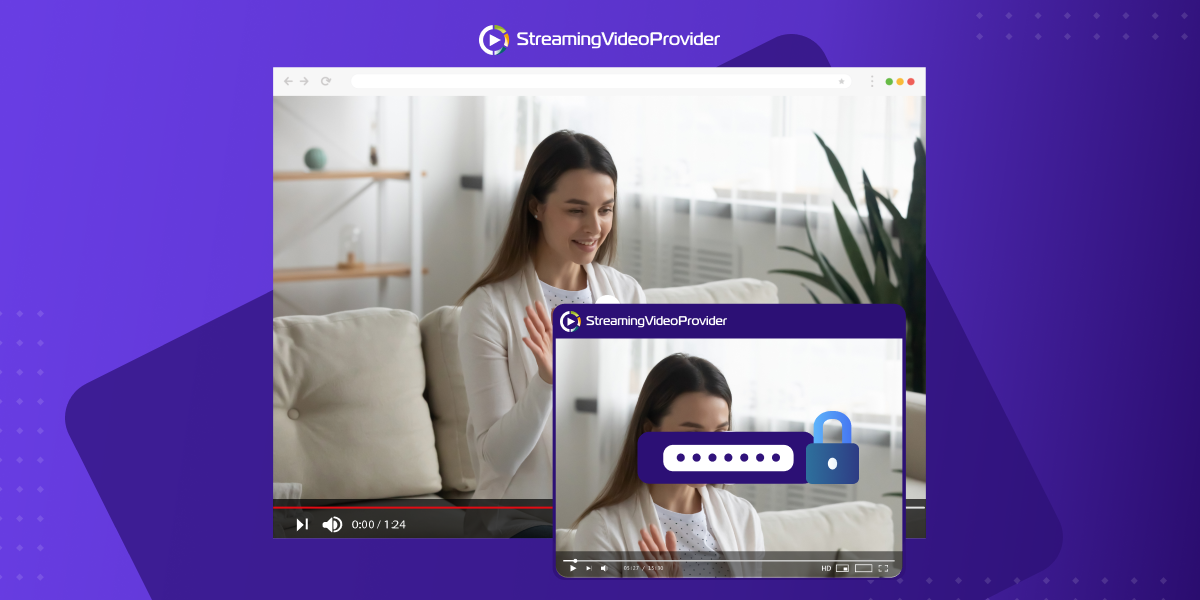
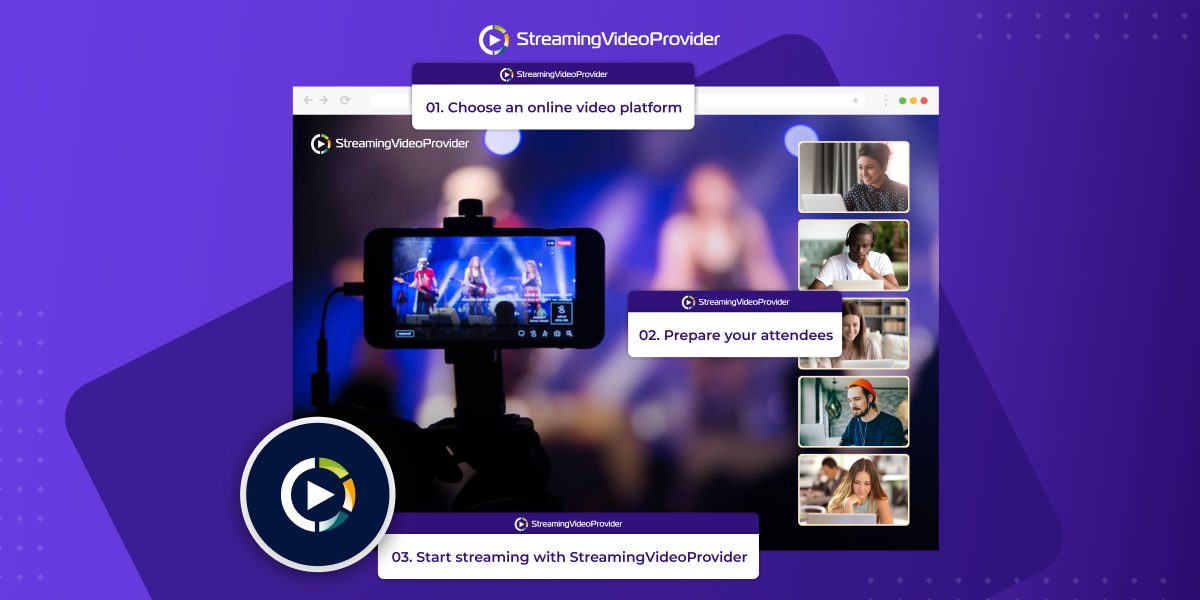

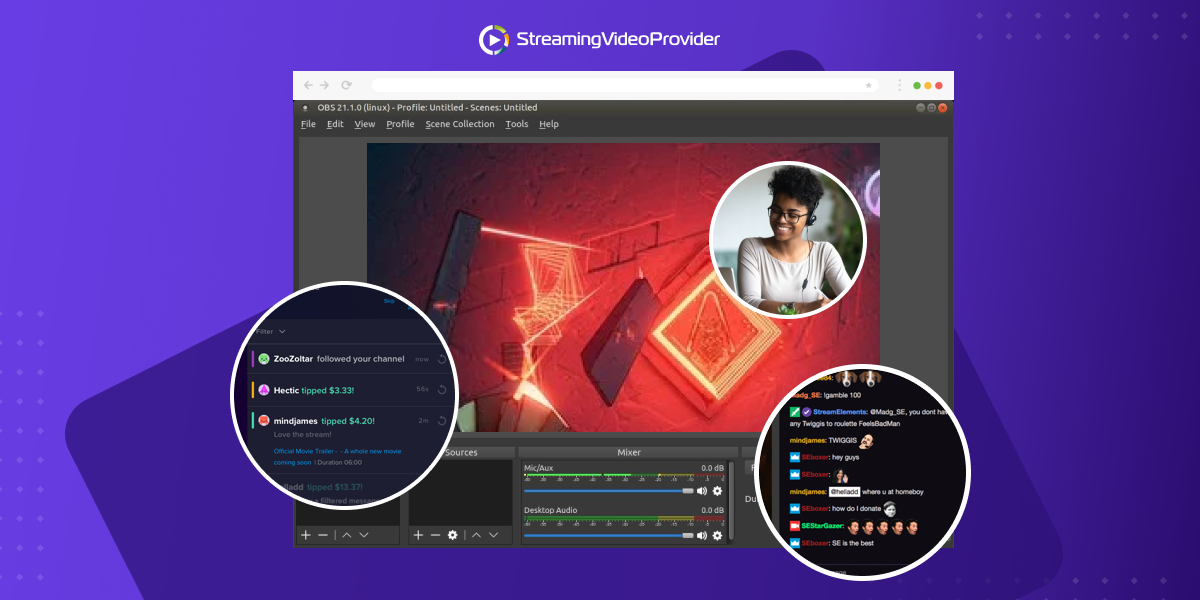
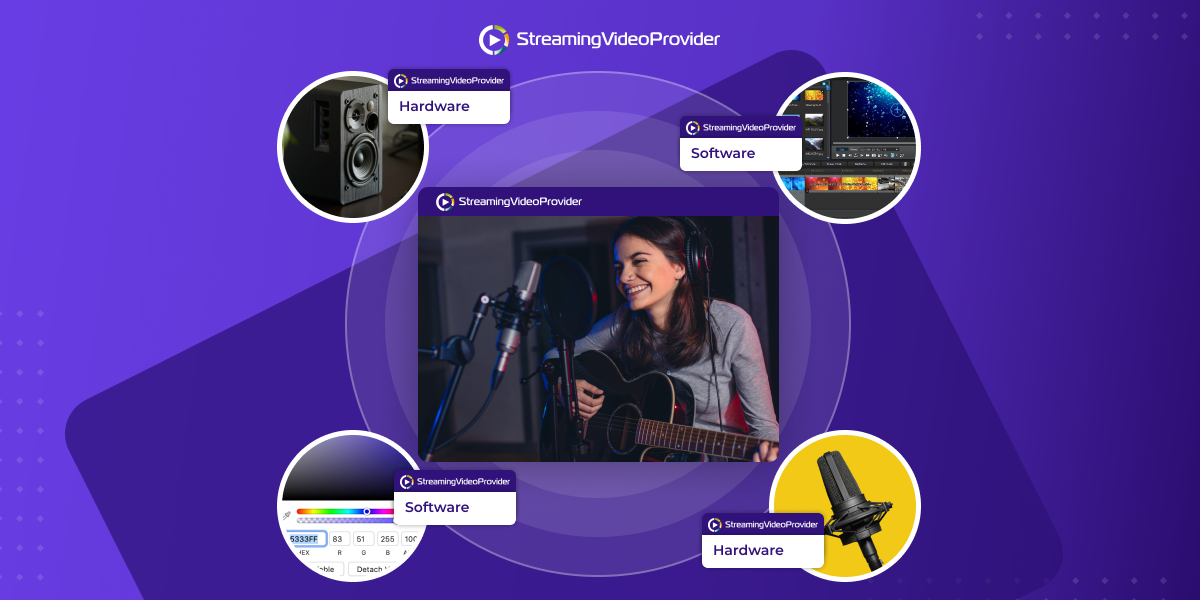
![[How To] Set up OBS From A To Z](https://www.streamingvideoprovider.co.uk/assets_dist/svp/img/blog-img/how-to-set-up-use-obs/how-to-set-up-obs-tutorial.png)
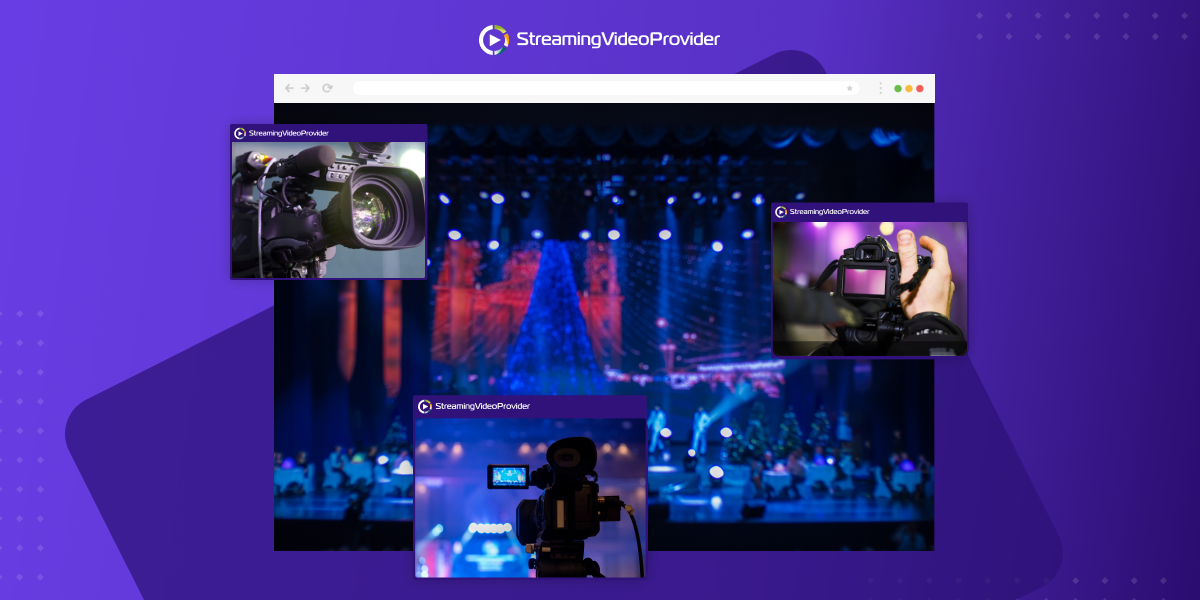


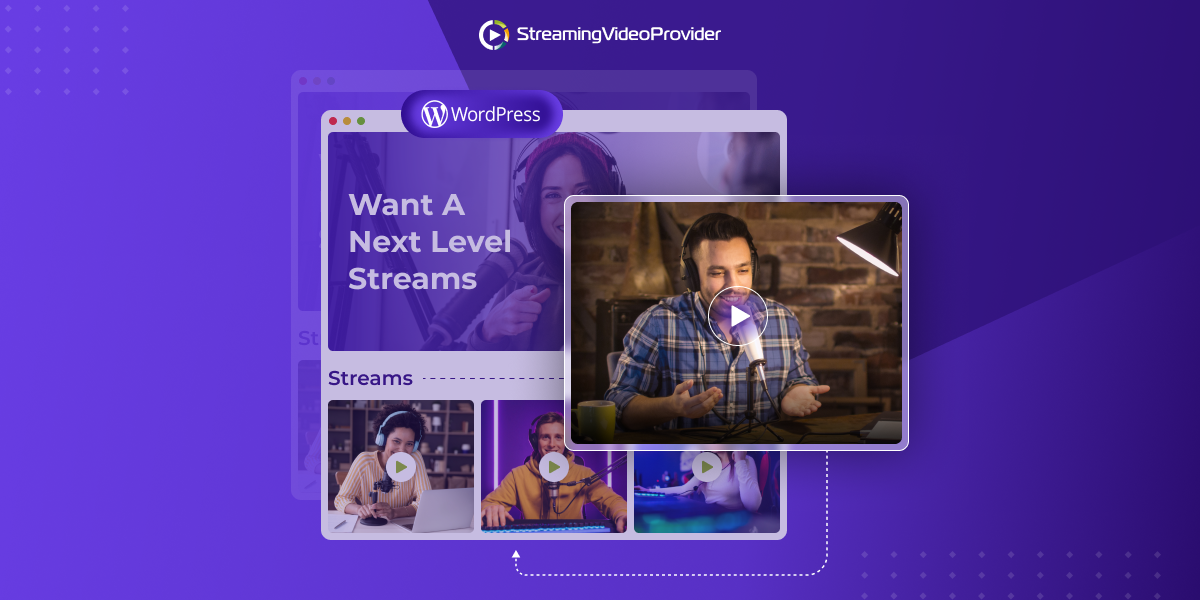
DON’T MISS OUT
Get updates on new articles, webinars and other opportunities: